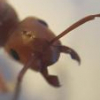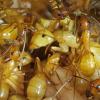- Formiculture.com
- Forums
- Gallery
- Members
- Member Map
- Chat
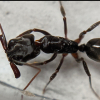
Formica archboldi journal
Started By
SuperFrank
, Jun 10 2019 7:10 PM
10 replies to this topic
#1
 Offline
-
Posted June 10 2019 - 7:10 PM
Offline
-
Posted June 10 2019 - 7:10 PM
I recently captured a Formica archboldi queen, I have read that dealate queens of this species have never been found, though I am somewhat skeptical of this, my having found two last year and one already this year. Either way this is somewhat of an uncommon species so I thought I'd journal my experience.
06/08/2019: A single dealate was collected on the ground at approximately 3:30PM local time, it had been raining moderately hard but sporadically all day and for a few days prior. Approximately 11 months ago, 2 other dealates were collected in the same area around the same time of day.
06/10/2019: first egg is seen in the tube. This species seems to be especially sensitive to noise and vibration, though last year I successfully got them to found with no issues.
06/08/2019: A single dealate was collected on the ground at approximately 3:30PM local time, it had been raining moderately hard but sporadically all day and for a few days prior. Approximately 11 months ago, 2 other dealates were collected in the same area around the same time of day.
06/10/2019: first egg is seen in the tube. This species seems to be especially sensitive to noise and vibration, though last year I successfully got them to found with no issues.
- Aaron567, Mettcollsuss, AntPhycho and 3 others like this
#2
 Offline
-
Posted June 12 2019 - 1:36 PM
Offline
-
Posted June 12 2019 - 1:36 PM
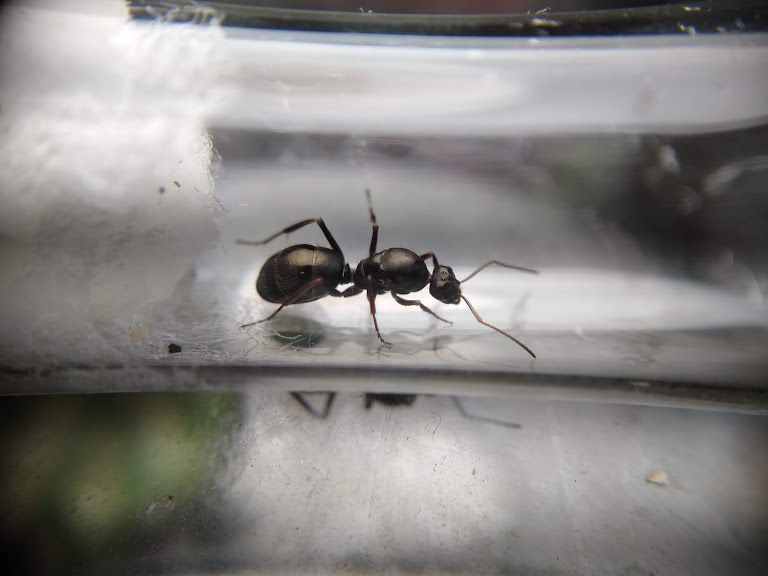
directly after collection on 06/08/2019
#3
 Offline
-
Posted June 12 2019 - 1:37 PM
Offline
-
Posted June 12 2019 - 1:37 PM
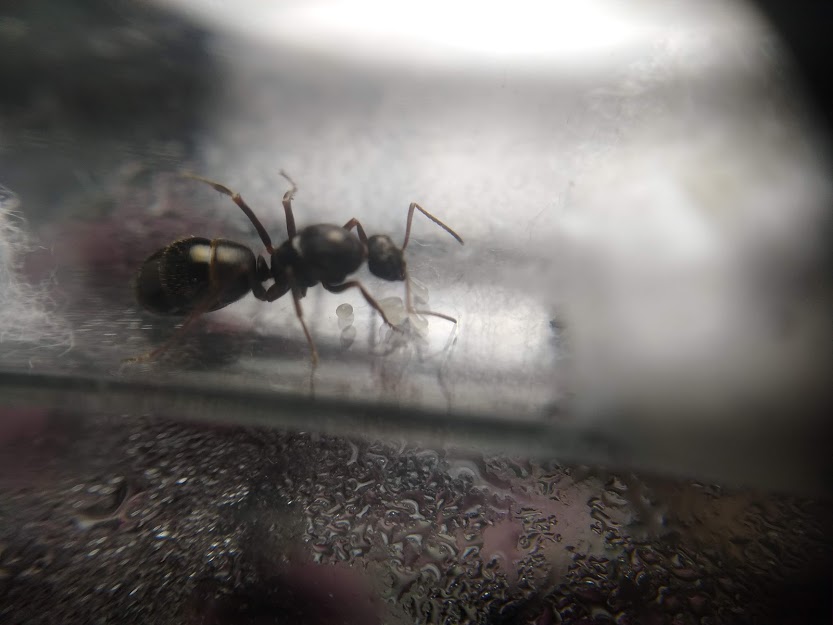
06/12/2019: she now has several eggs
- Mettcollsuss likes this
#4
 Offline
-
Posted June 12 2019 - 1:59 PM
Offline
-
Posted June 12 2019 - 1:59 PM
Aren't these the skull-collecting ants? Very interesting sounding species.
#5
 Offline
-
Posted June 17 2019 - 1:19 PM
Offline
-
Posted June 17 2019 - 1:19 PM
Yeah! They prey on many small arthropods, including Odontomachus sp "trapjaw" ants, who's empty heads are found in their nests.
#7
 Offline
-
Posted June 17 2019 - 6:19 PM
Offline
-
Posted June 17 2019 - 6:19 PM
Very fascinating, I have never heard of that. Do they only collect the heads of Odontomachus species or others too?
Edited by NickAnter, June 17 2019 - 6:20 PM.
Hi there! I went on a 6 month or so hiatus, in part due, and in part cause of the death of my colonies.
However, I went back to the Sierras, and restarted my collection, which is now as follows:
Aphaenogaster uinta, Camponotus vicinus, Camponotus modoc, Formica cf. aserva, Formica cf. micropthalma, Formica cf. manni, Formica subpolita, Formica cf. subaenescens, Lasius americanus, Manica invidia, Pogonomyrmex salinus, Pogonomyrmex sp. 1, Solenopsis validiuscula, & Solenopsis sp. 3 (new Sierra variant).
#8
 Offline
-
Posted June 18 2019 - 10:06 AM
Offline
-
Posted June 18 2019 - 10:06 AM
Very fascinating, I have never heard of that. Do they only collect the heads of Odontomachus species or others too?
Primarily Odontomachus. Their formic acid seems to be specially made for killing Odontomachus and their scent patterns are very similar to help workers hunt Odontomachus,
- SuperFrank likes this
#9
 Offline
-
Posted June 19 2019 - 5:18 PM
Offline
-
Posted June 19 2019 - 5:18 PM
I have handed this queen to a fellow north Florida keeper who I know will provide excellent care and documentation. I am unsure how to tag him though lol.
#10
 Offline
-
Posted June 19 2019 - 5:44 PM
Offline
-
Posted June 19 2019 - 5:44 PM
Sounds like a vey cool ant! Would love to see your friend continue the journal here ![]()
Billy
Currently keeping:
Camponotus chromaiodes
Camponotus castaneus
Formica subsericea
#11
 Offline
-
Posted June 24 2019 - 6:04 PM
Offline
-
Posted June 24 2019 - 6:04 PM
Update: on 06/20/19 a single alate was collected at a blacklight at approximately 10:00pm, it was 82F with a reported relative humidity of 88%, it had been raining is short, but intense bursts all day. This species is known to fly in the early morning and to ignore blacklights. So this collection was rather odd, I assumed she was a straggler but I thought it was interesting that she was attracted to the light. I wasnt going to update the journal, but today I noticed she had removed her wings and laid 2 eggs, I know this is potentially meaningless but I hope for the best. My pipe dream is that she mated in the early morning during her flight and the subsequent rain all day didn't allow her to dig a chamber.
Edited by SuperFrank, June 24 2019 - 6:08 PM.
1 user(s) are reading this topic
0 members, 1 guests, 0 anonymous users






